Onboarding Documents
What are onboarding documents?
In human resources, the term “onboarding documents” can involve a wide range of different documents. Not to be mistaken with just a stack of papers to sign; rather, they serve as a gateway to a successful integration of new employees into a company’s culture, processes, and expectations. Below, we’ll cover what goes into onboarding documents and why they are crucial for employers and employees.
Example
An onboarding document encompasses a variety of forms, contracts, policies, and informational materials provided to new hires during their orientation period. These documents typically include:
- Employment Agreement / Contract: This outlines the terms of employment, including job title, salary, benefits, and any specific terms and conditions.
- Company Policies and Procedures: These documents detail the rules, regulations, and expectations governing employee behavior and conduct within the organization. They may cover areas such as code of conduct, confidentiality agreements, and disciplinary procedures.
- Benefits and Enrollment Forms: Information about health insurance, retirement plans, paid time off, and other benefits are often included in onboarding documents. Employees are usually required to complete enrollment forms to indicate their benefit selections.
- Tax Forms: Documents such as W-4 forms for federal tax withholding and state tax forms are necessary for compliance with tax regulations.
- Training Materials: Depending on the nature of the job, onboarding documents may include training materials or resources to help new hires familiarize themselves with company systems, processes, and culture.
Frequently Asked Questions
What are the Best Practices for Onboarding Documents?
- Personalization: Tailor onboarding documents to the specific needs and requirements of each employee whenever possible. Personalized documents demonstrate a commitment to individualized support and attention.
- Accessibility: Ensure that onboarding documents are easily accessible to new hires, whether in print or digital format. Ensure they’re able to be read, understood and are geared to be accommodating where possible. It’s also worth it to consider using comprehensive onboarding software or document management systems for easy access / retrieval.
- Engagement: Use these documents as an opportunity to engage and educate new hires about the company's culture, history, and values. It can be worthwhile to have interactive elements or multimedia content to enhance engagement and retention.
- Feedback Mechanism: Establish a way to survey input from new hires about their onboarding experience. Soliciting feedback allows organizations to identify areas for improvement and refine their onboarding processes over time.
To learn about how Rival can keep your onboarding information (and documents) aligned for your new hires, you can talk to an expert today.
PEOPLE-CENTERED PLATFORMS FOR A CHANGING WORLD
The workplace is evolving faster than ever before thanks to new HR solutions, rapidly developing technology, ever-present digital security threats, and more, and you need a partner that will help your organization stay agile and on top of the moment.
From strategic talent management to the best onboarding technology, Rival offers secure platforms that enable people to thrive in a changing workplace. Contact Rival today to talk to an expert to see how we can help you attract the best talent and keep them on board and performing up to your expectations.


















